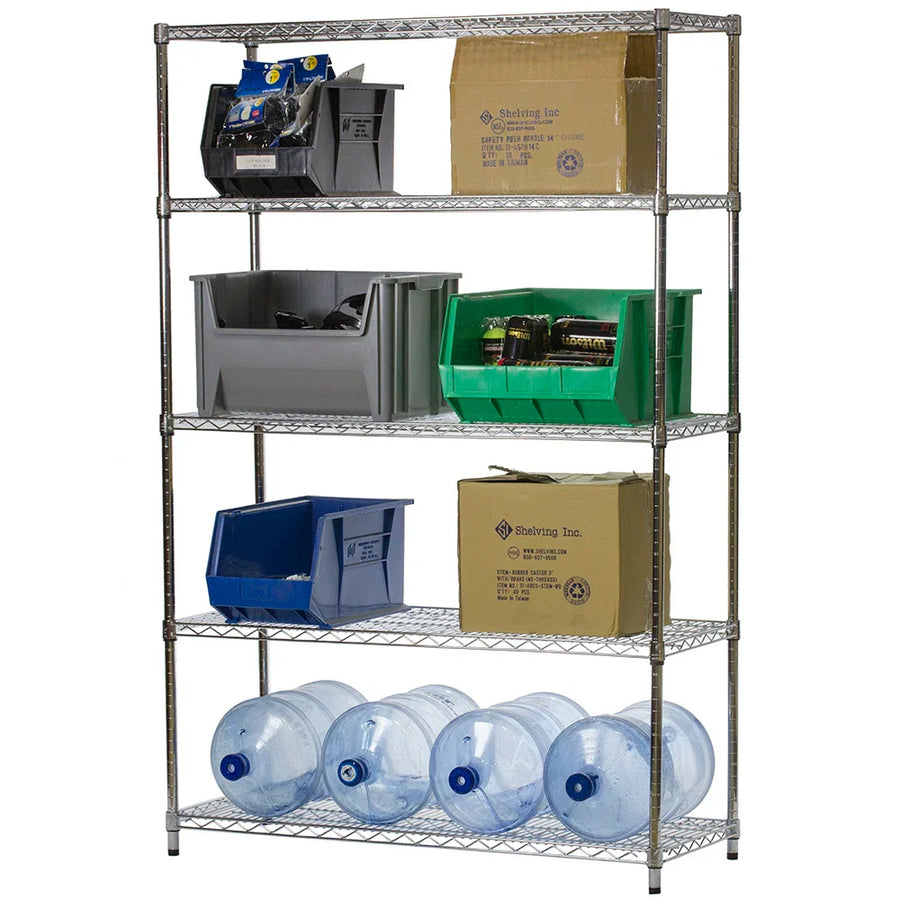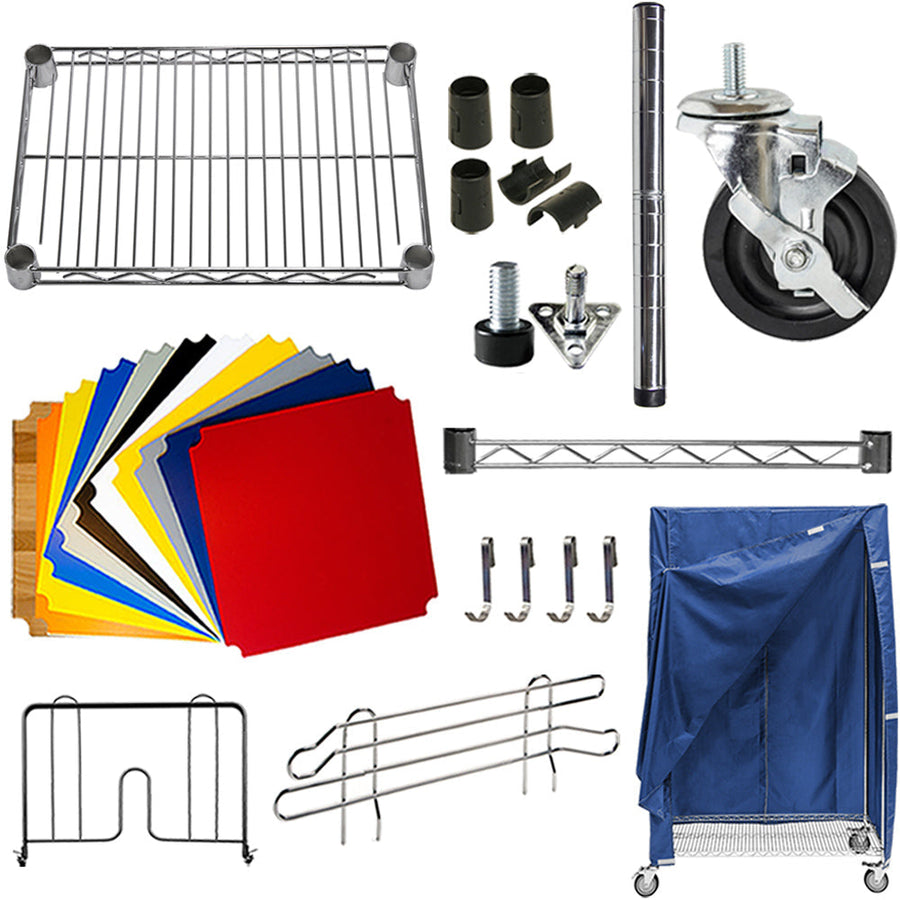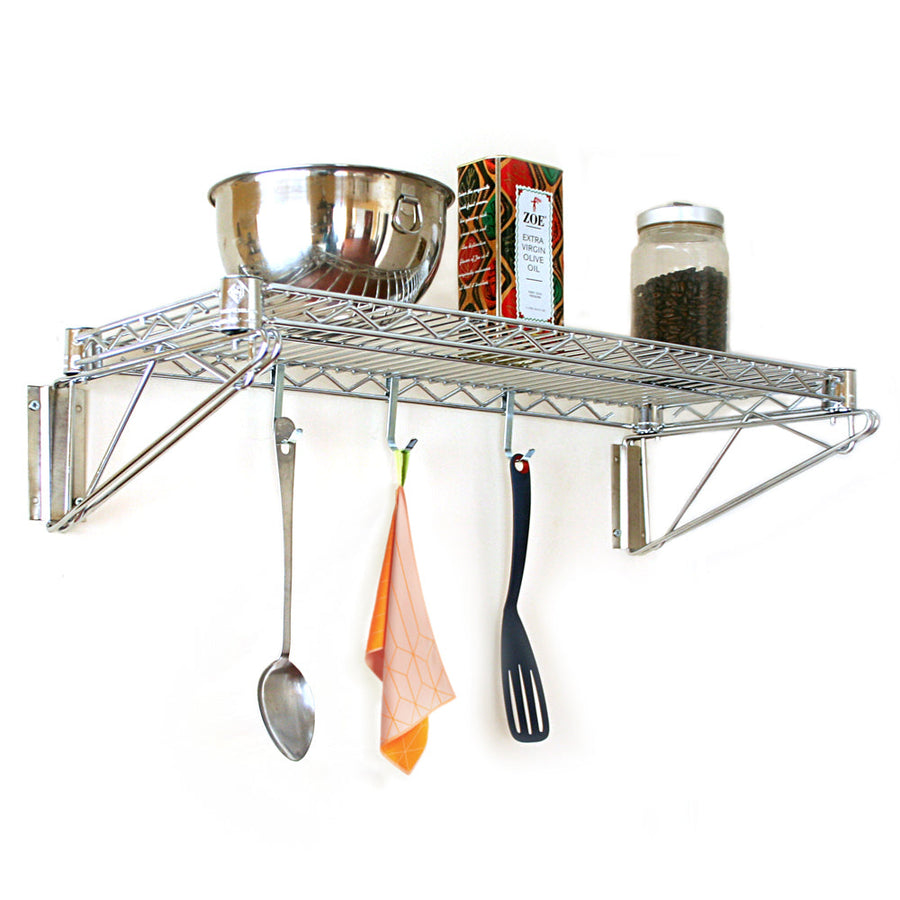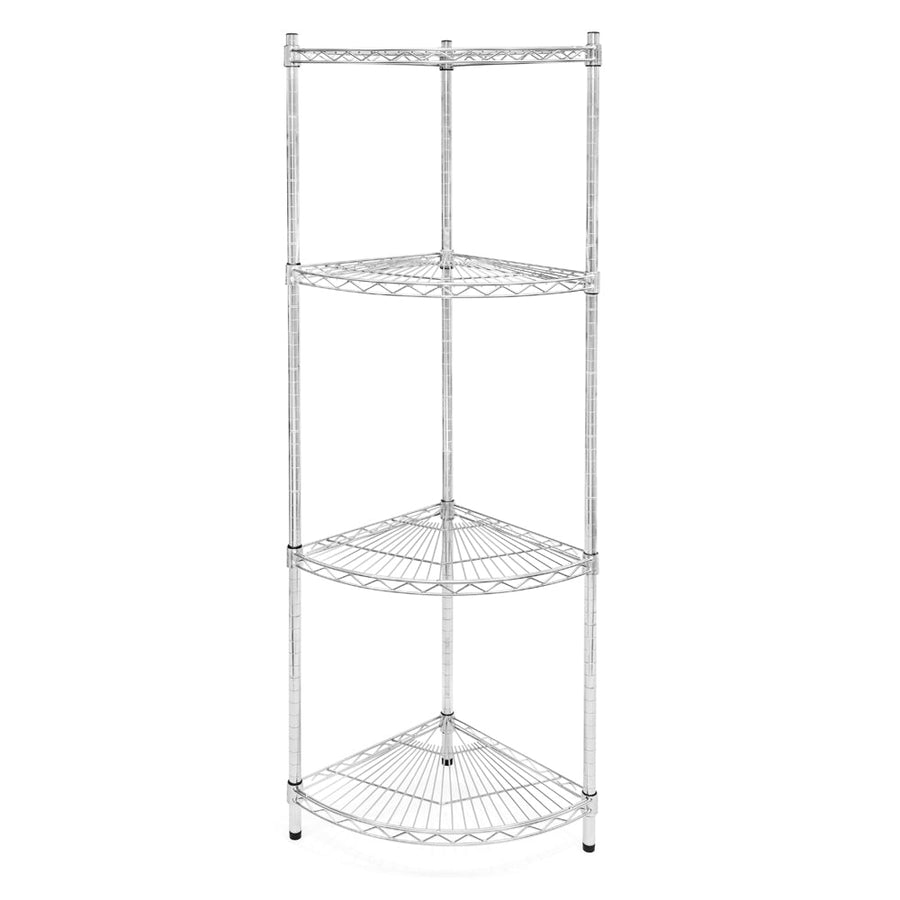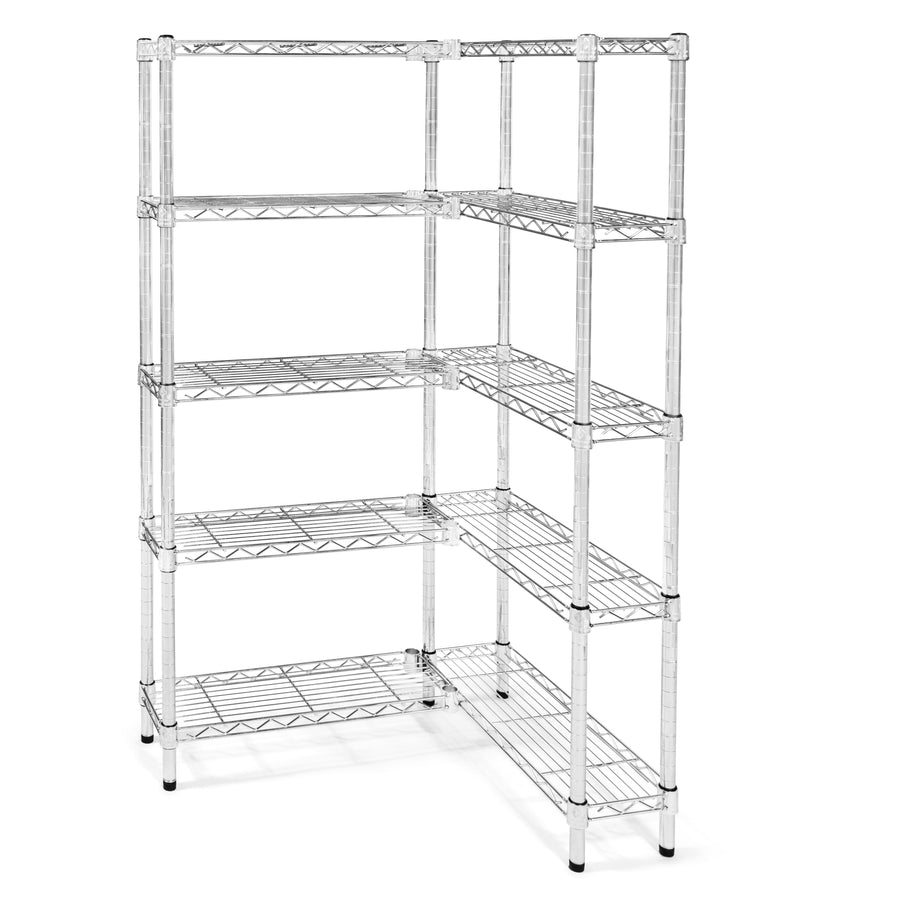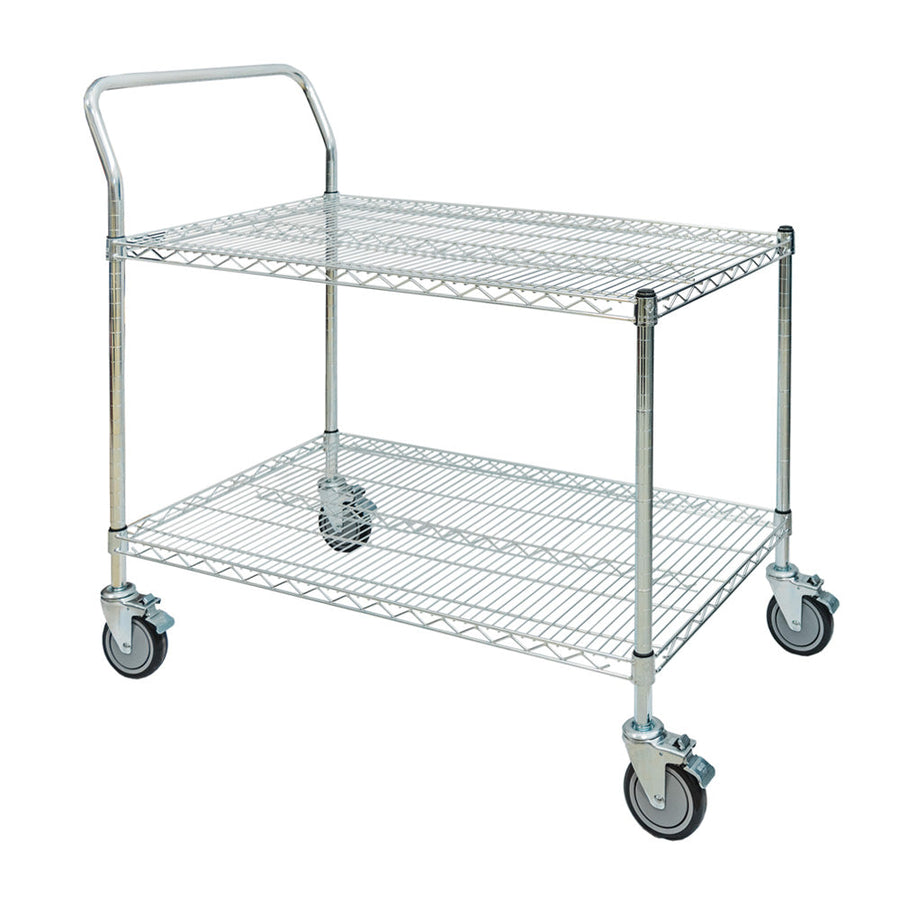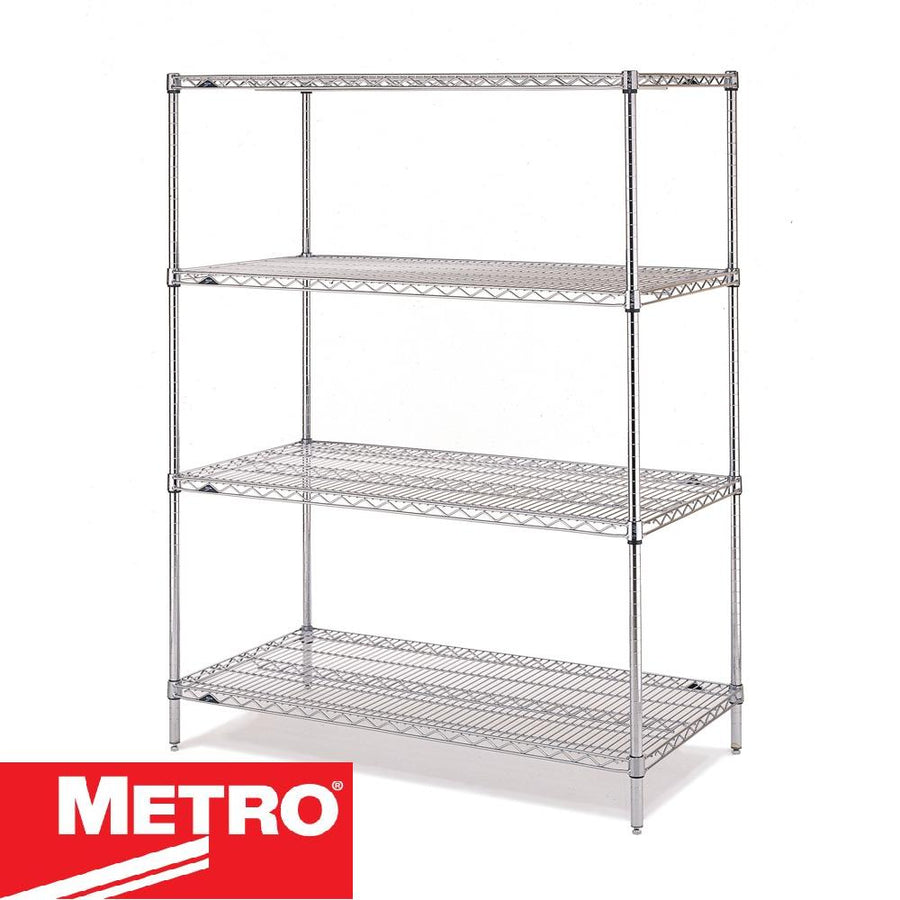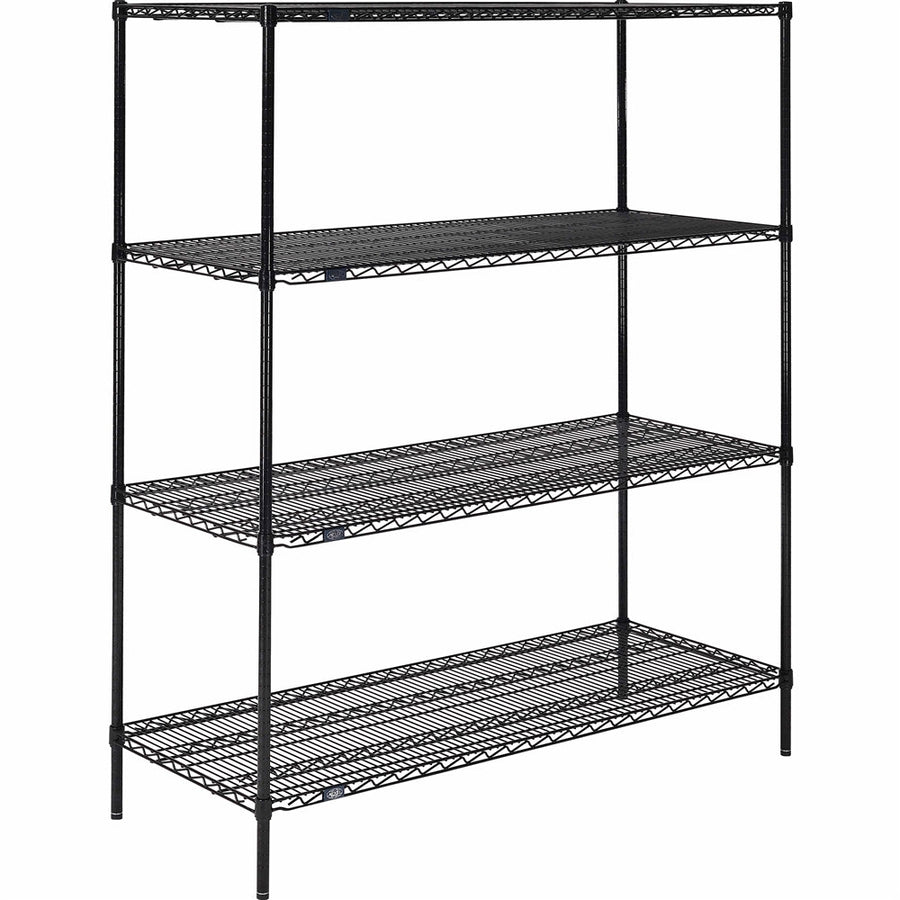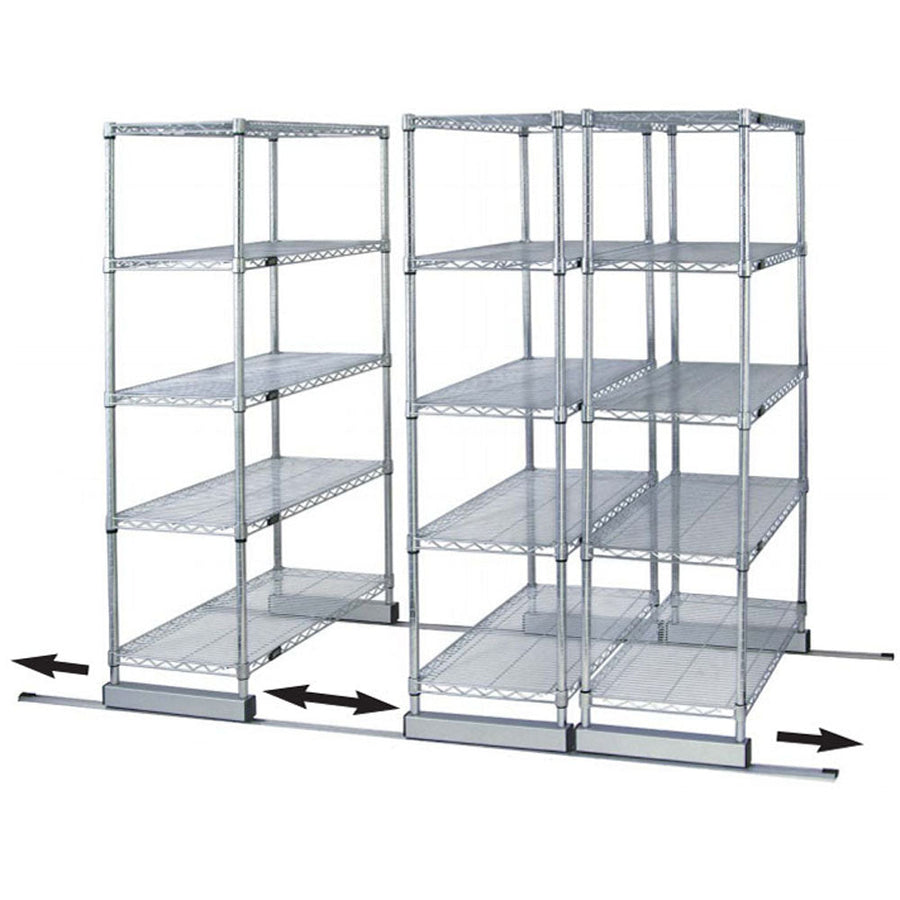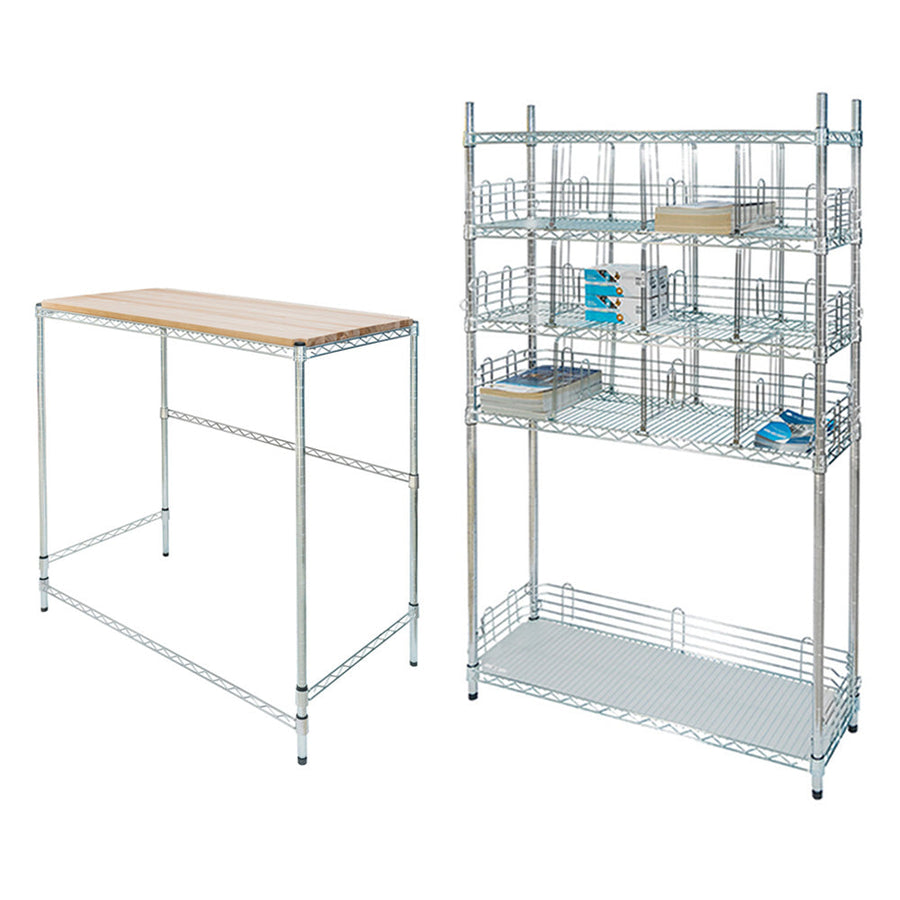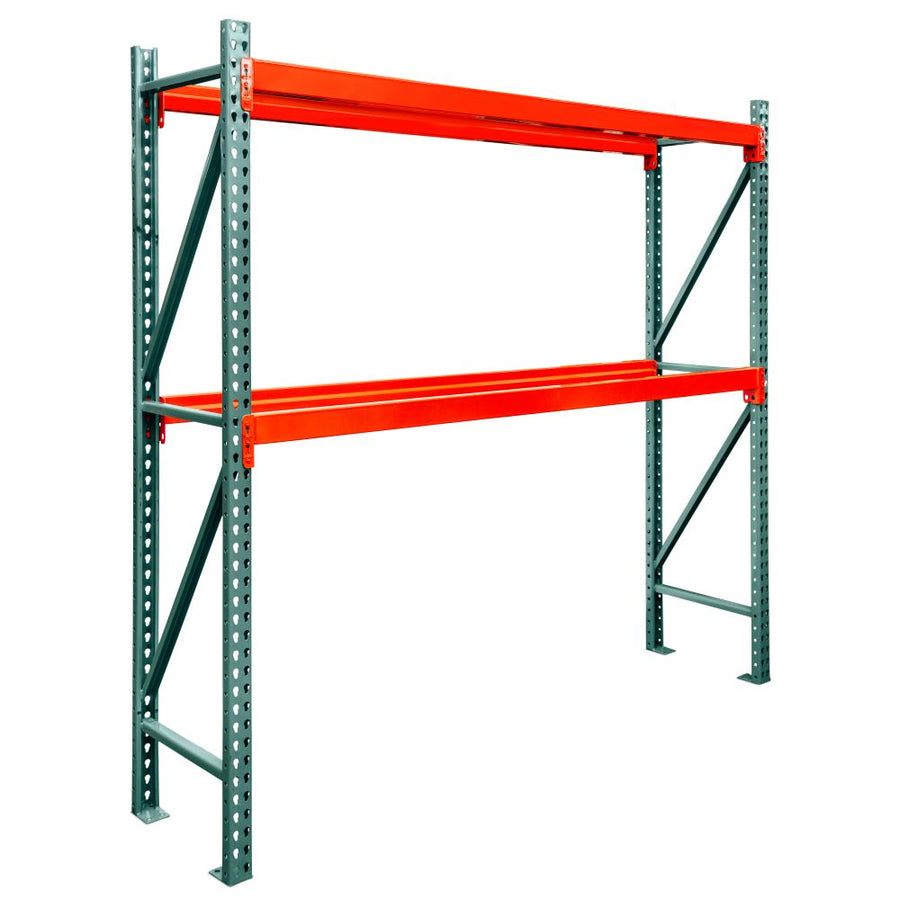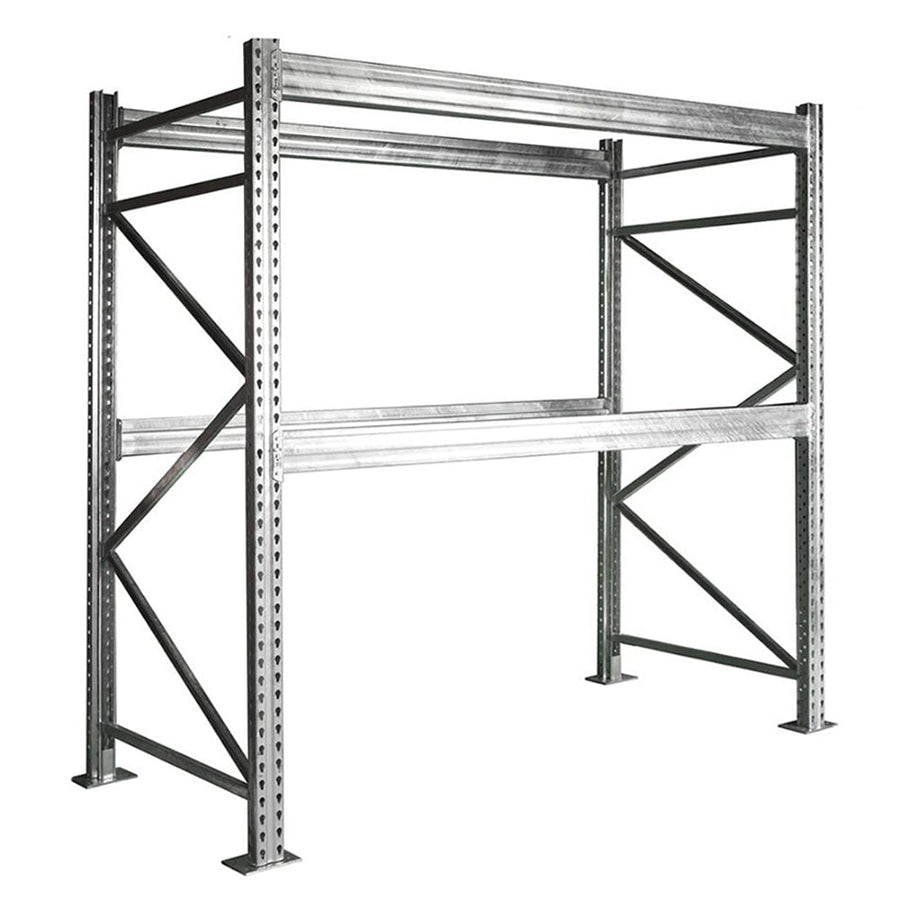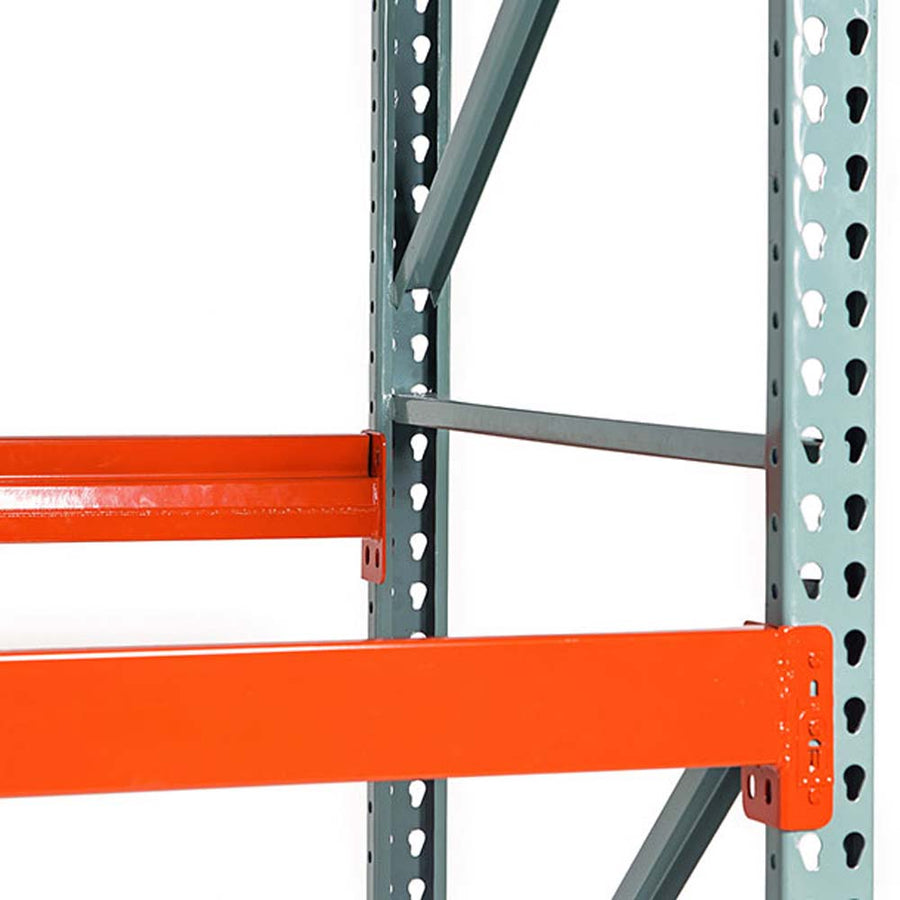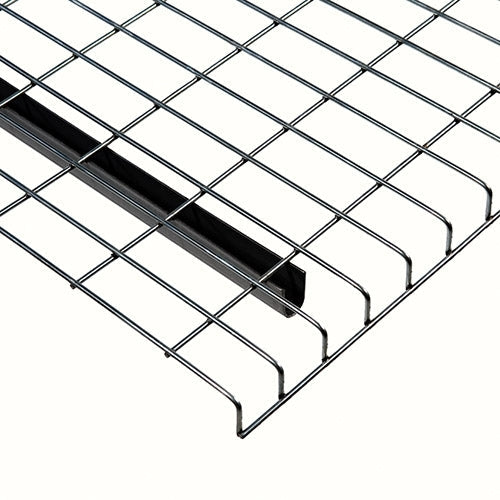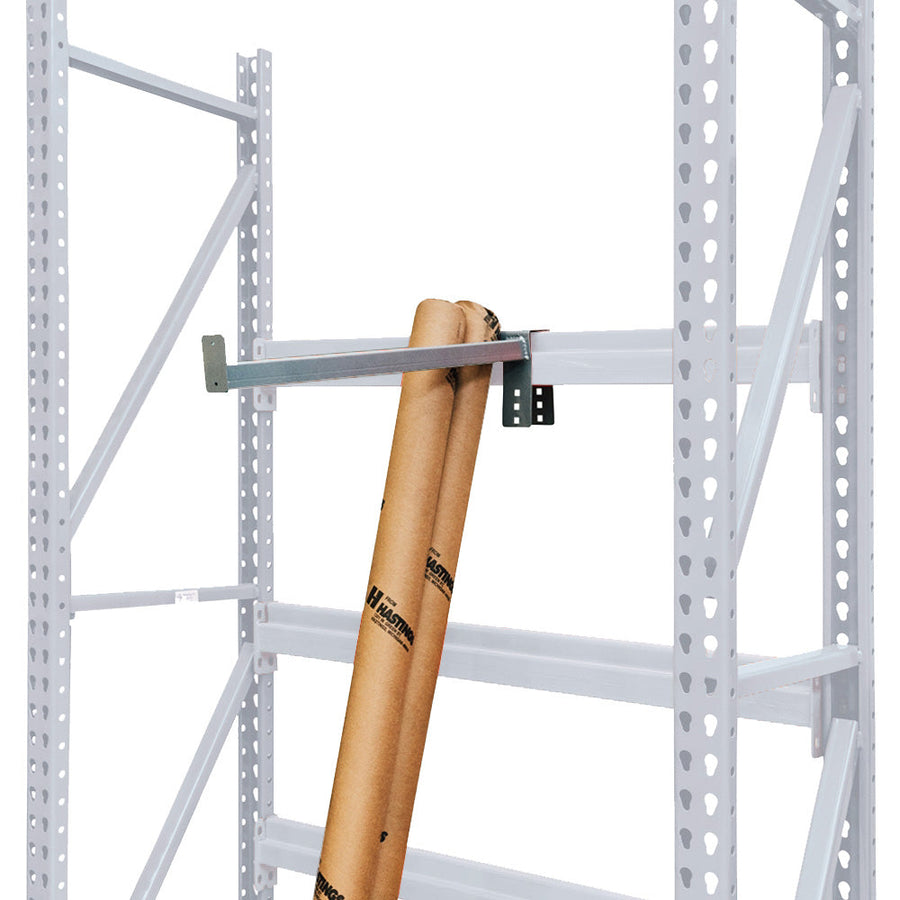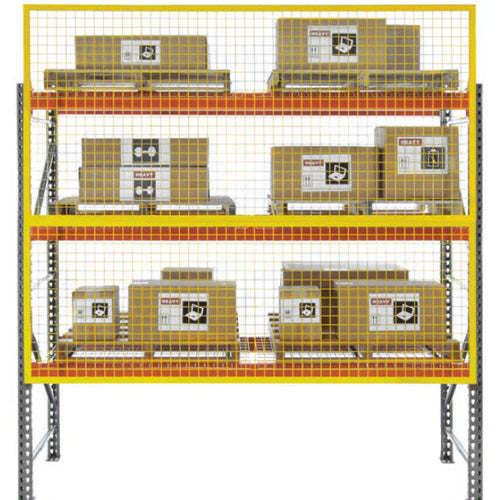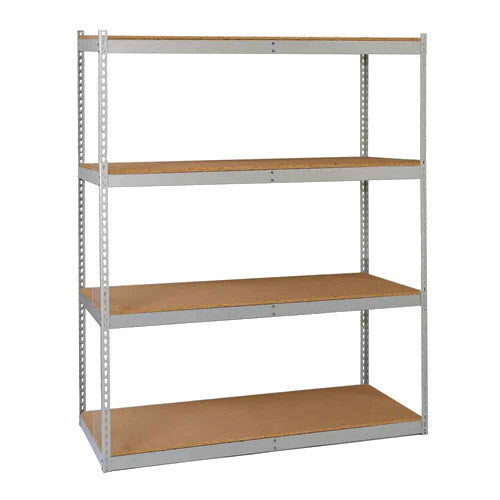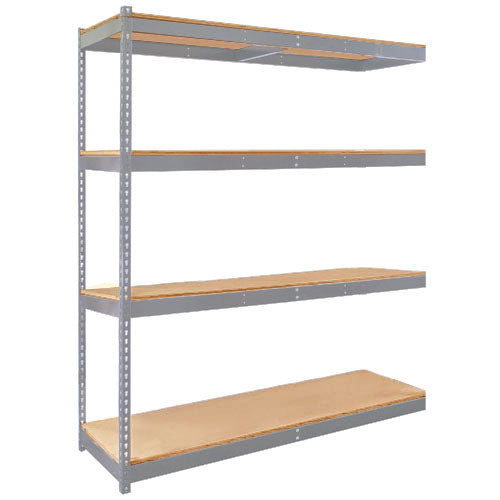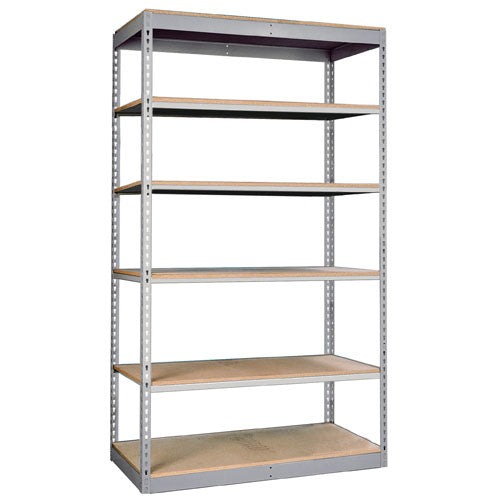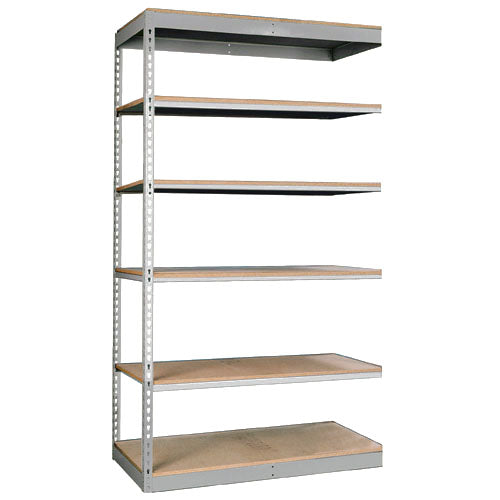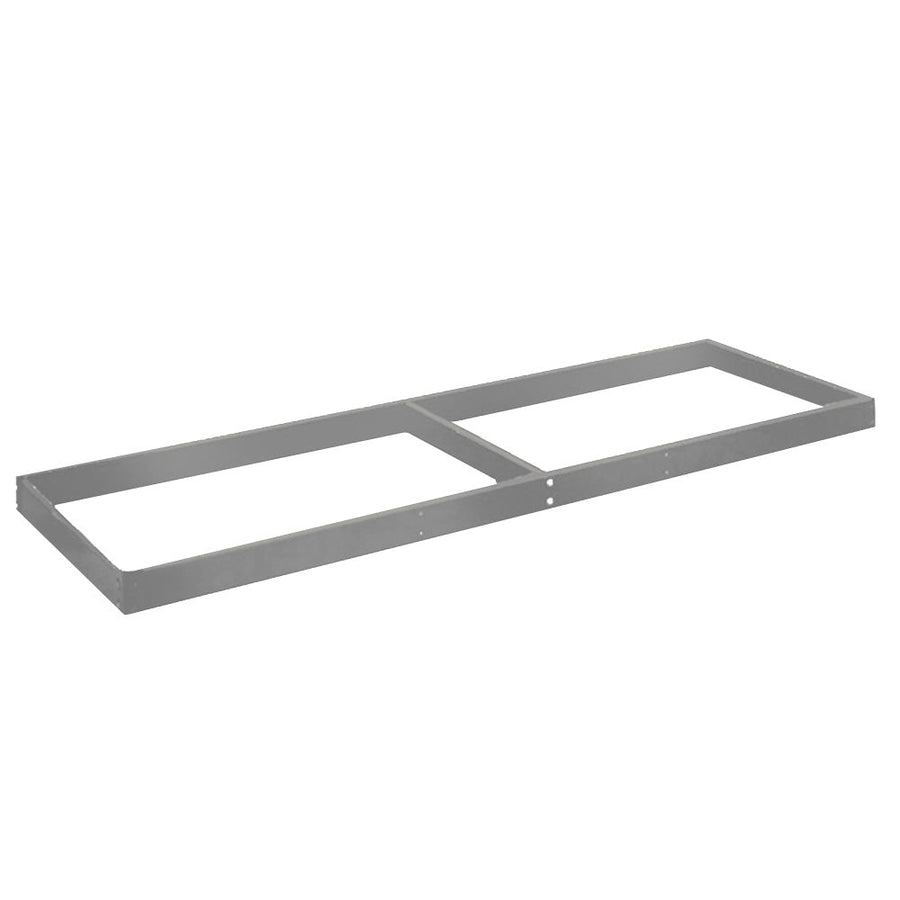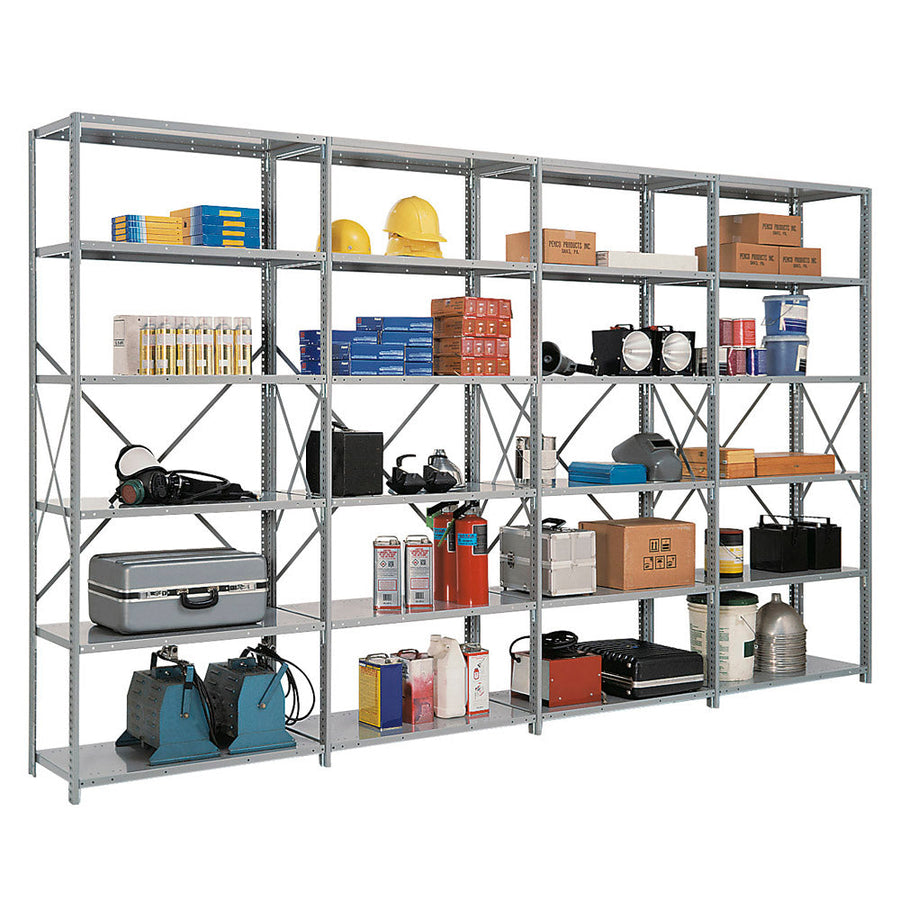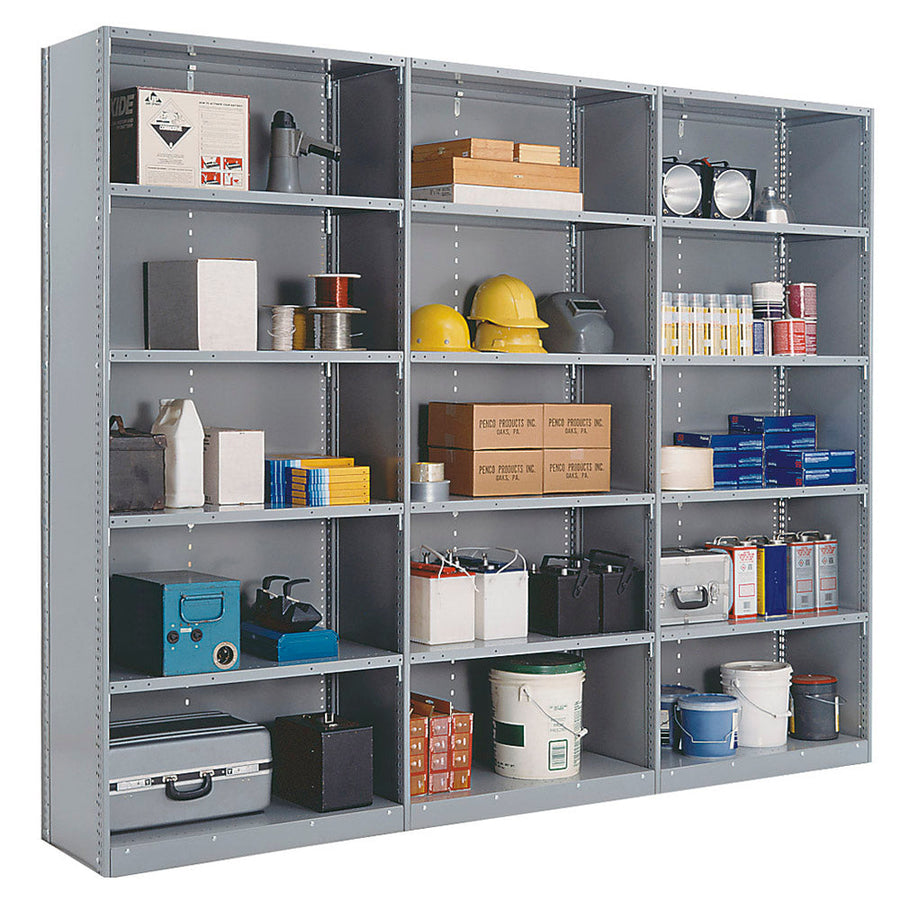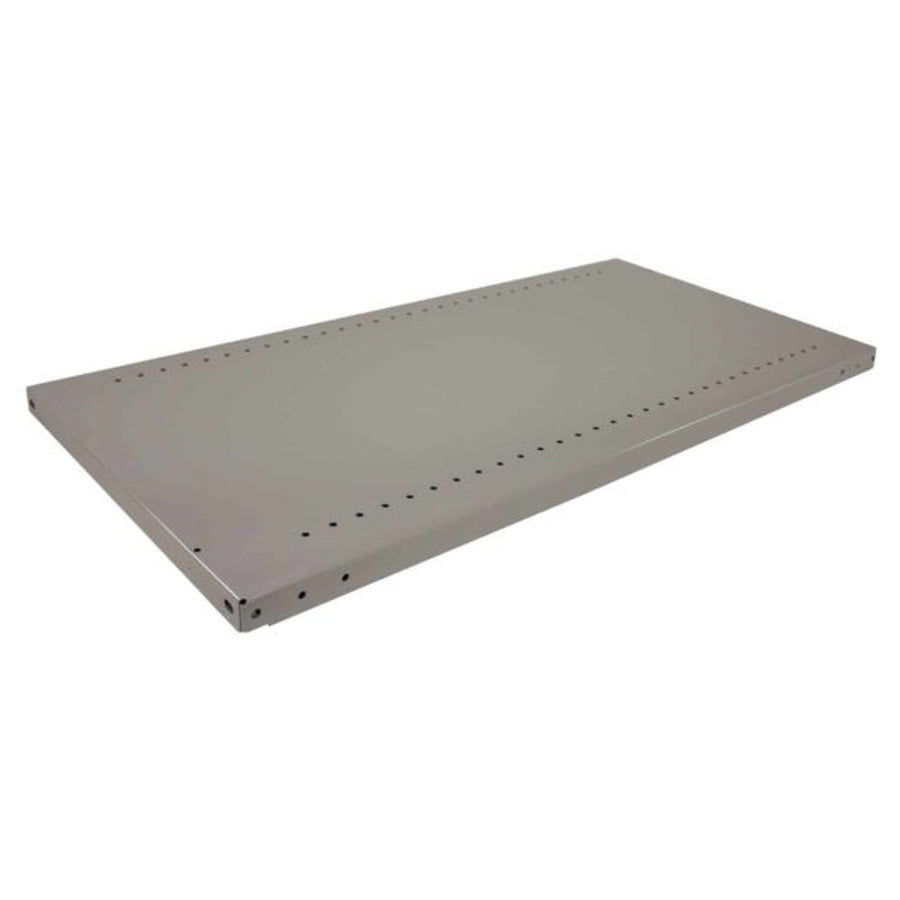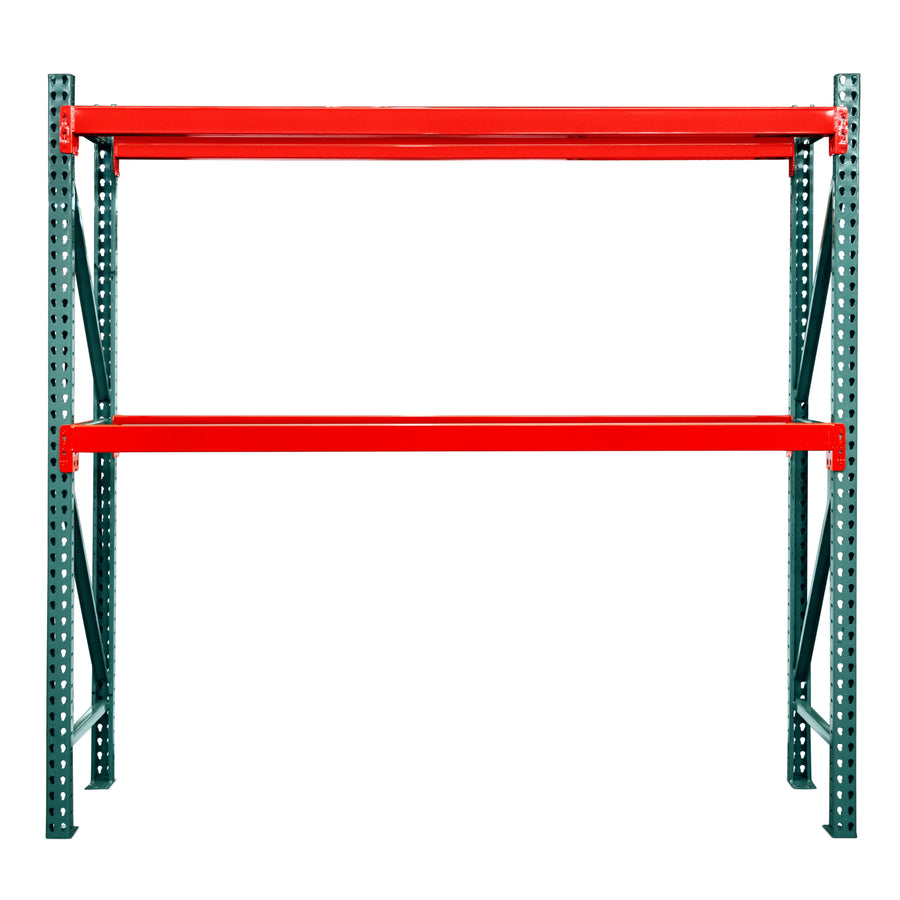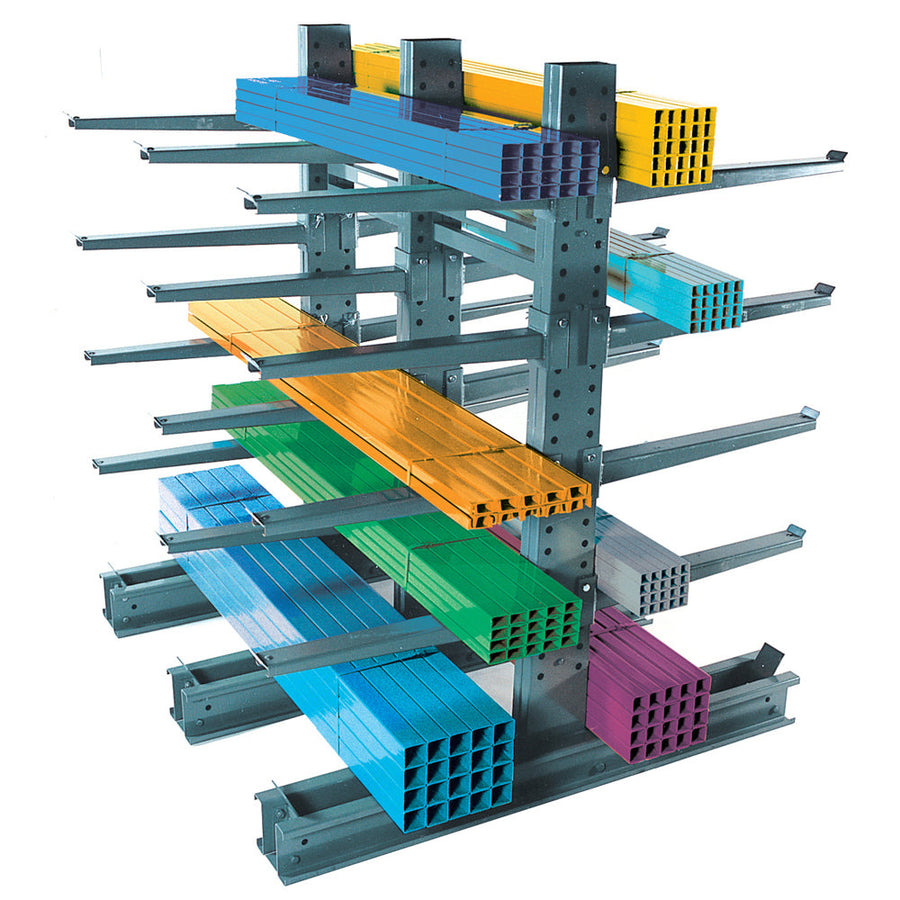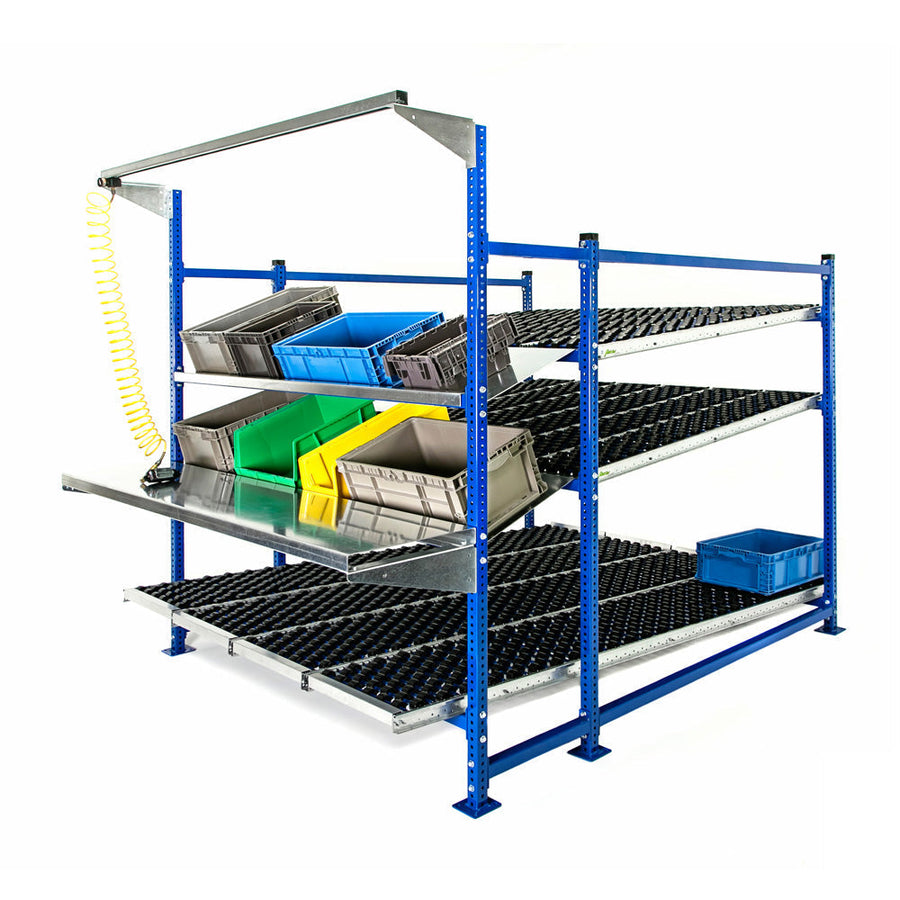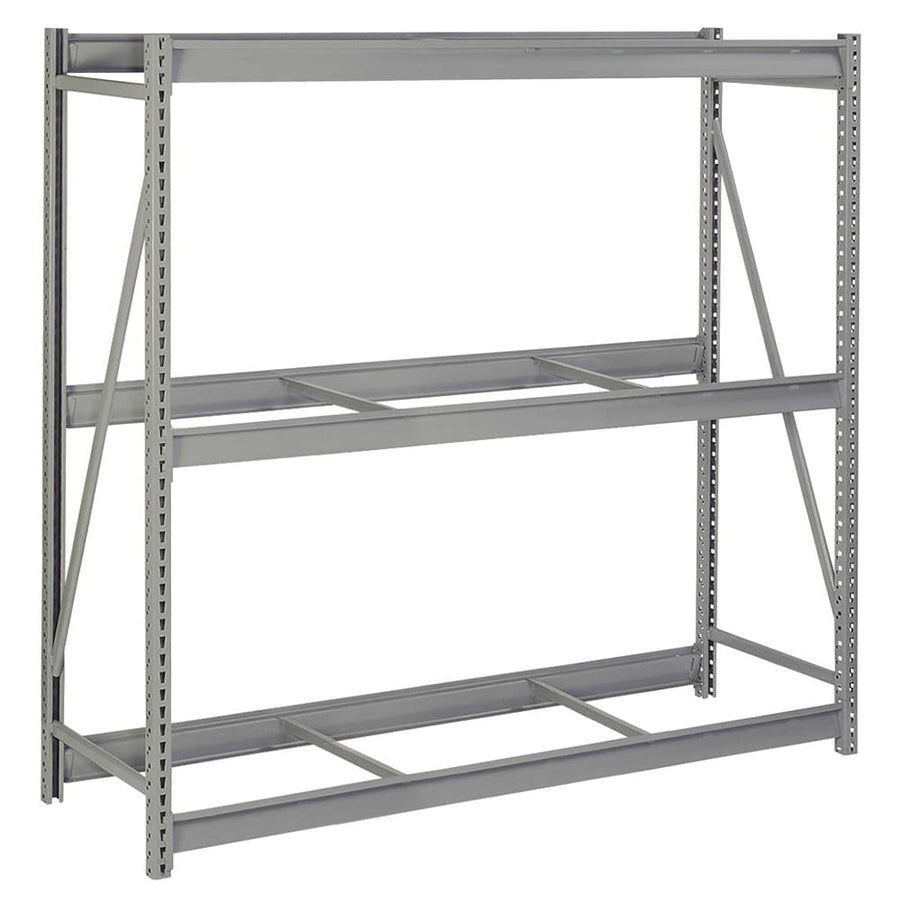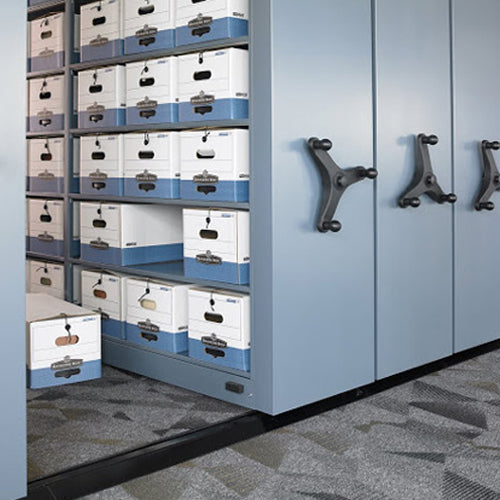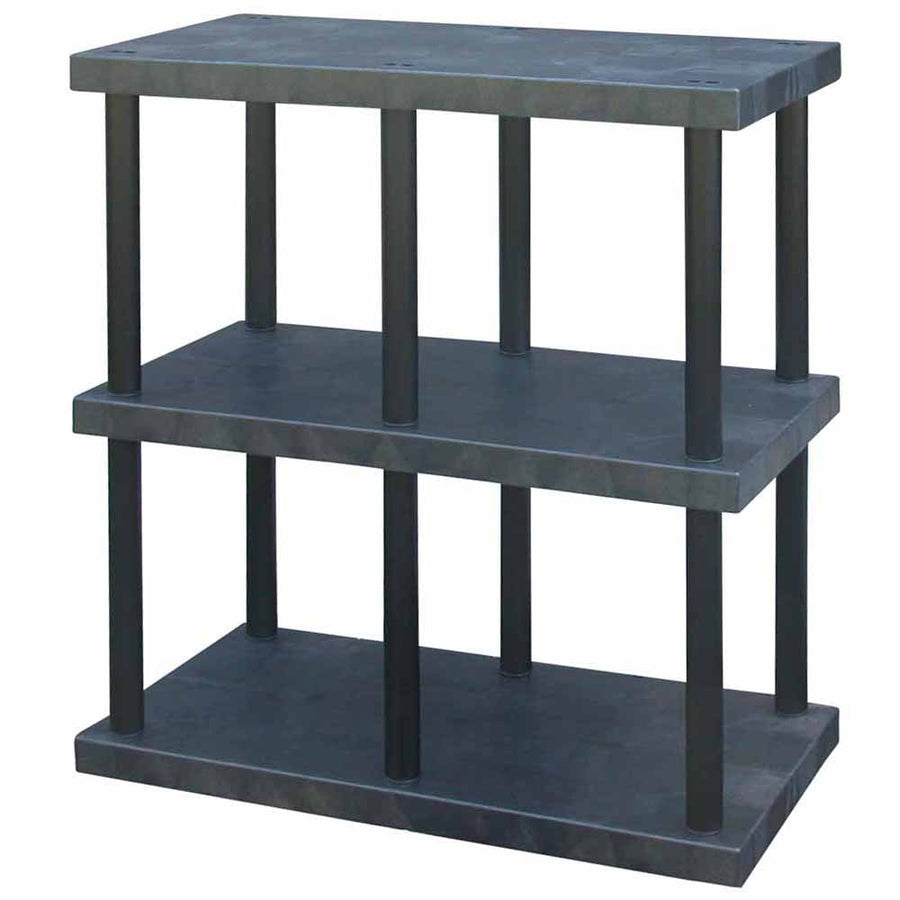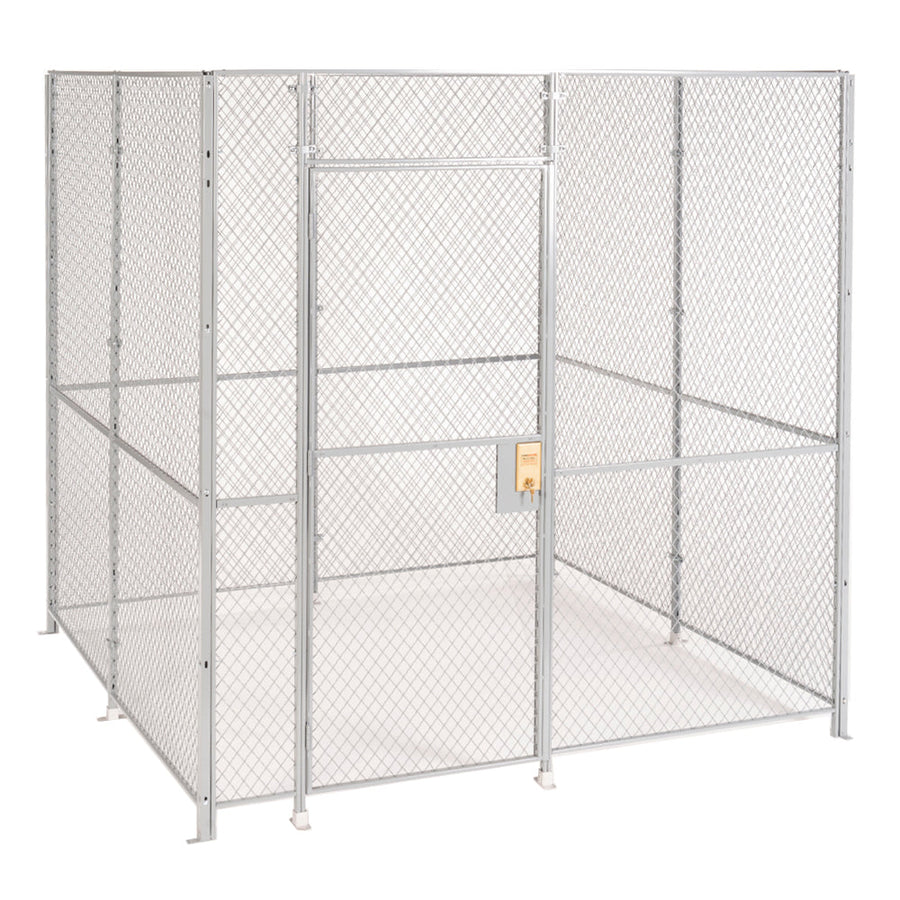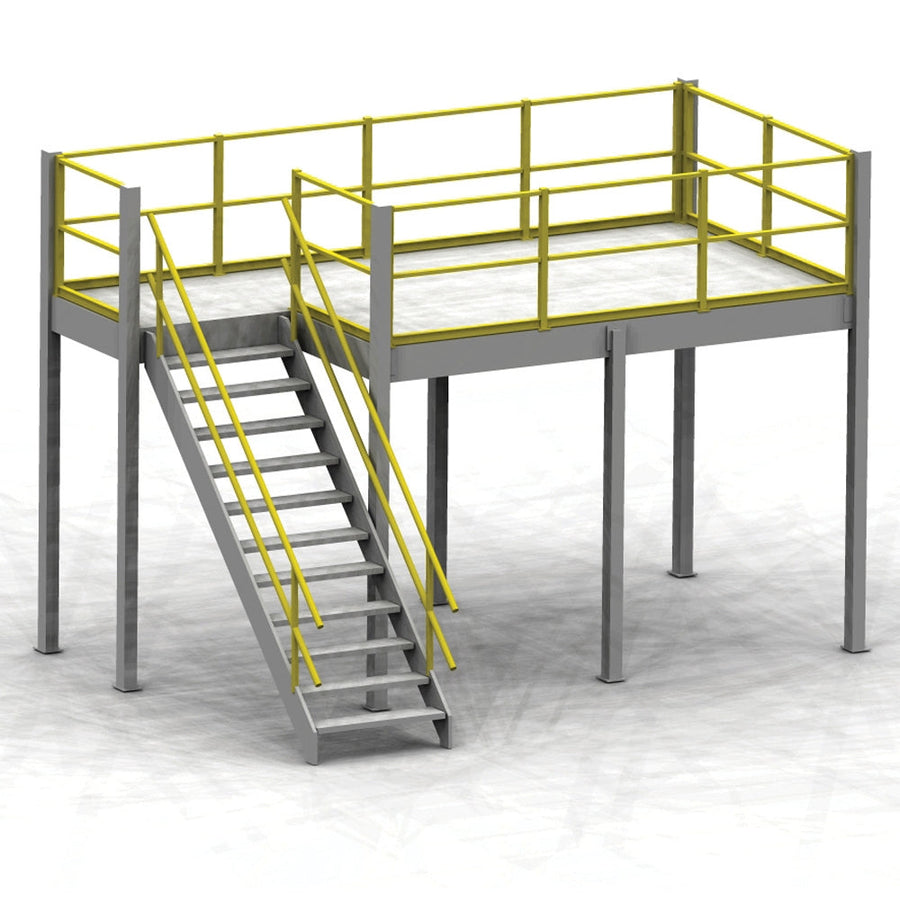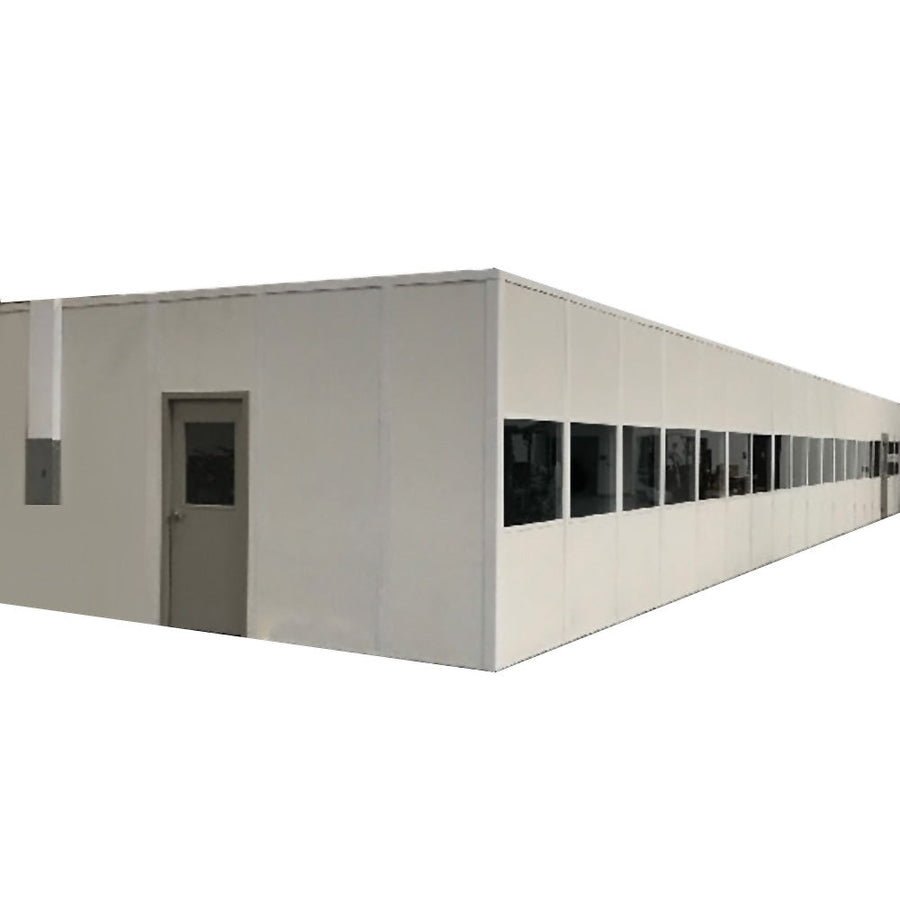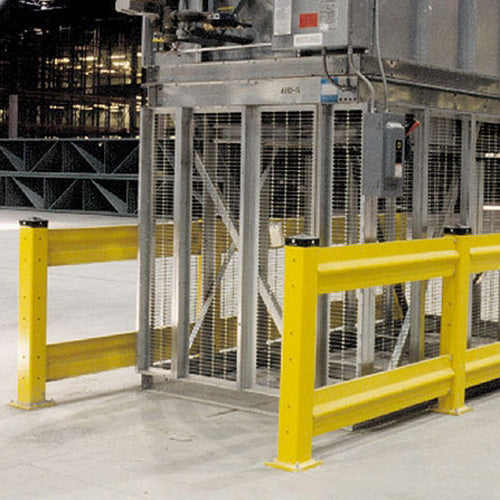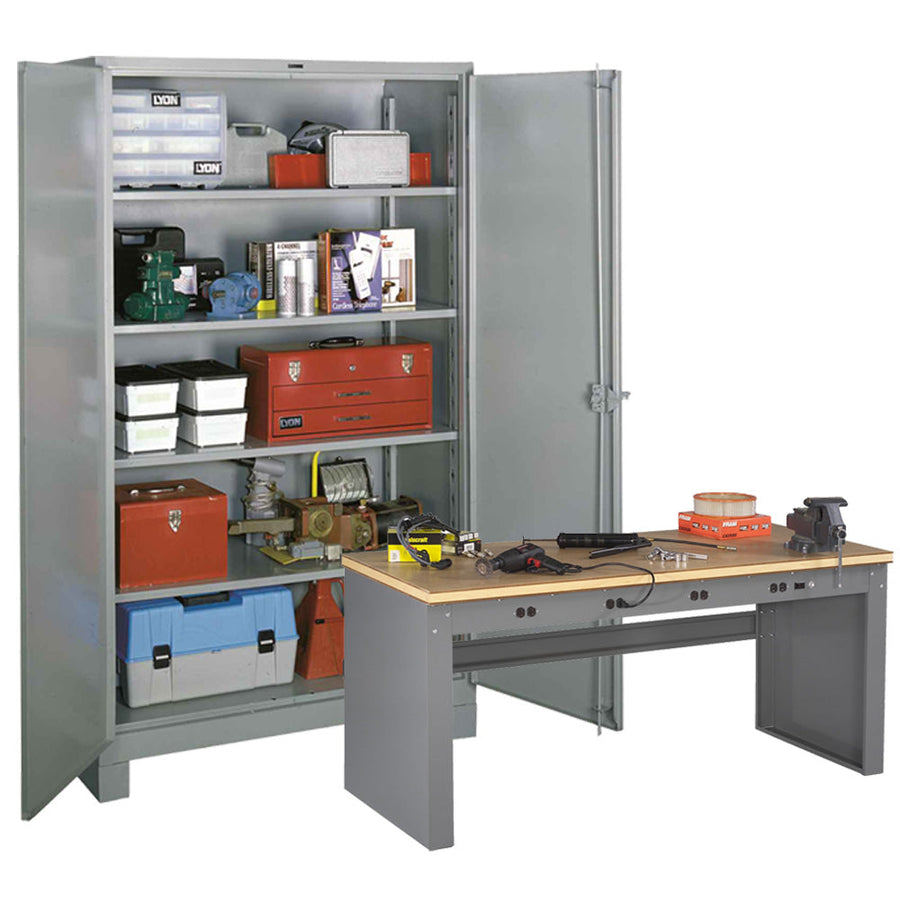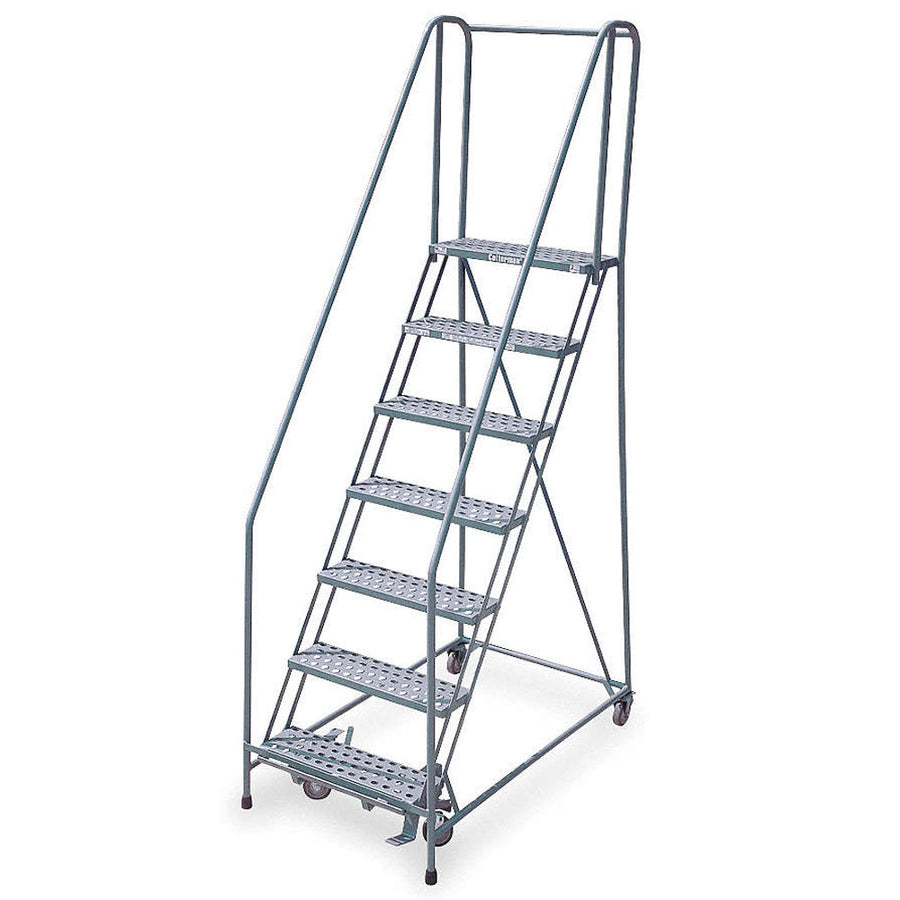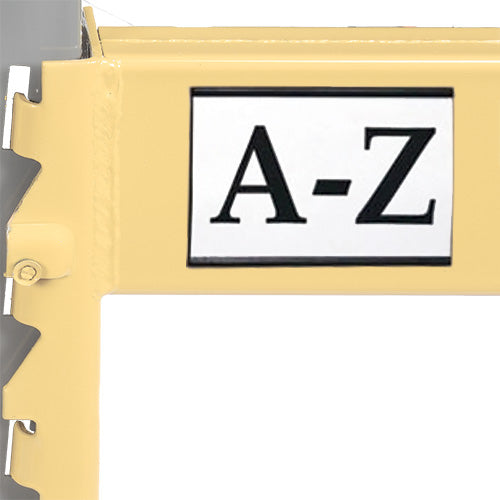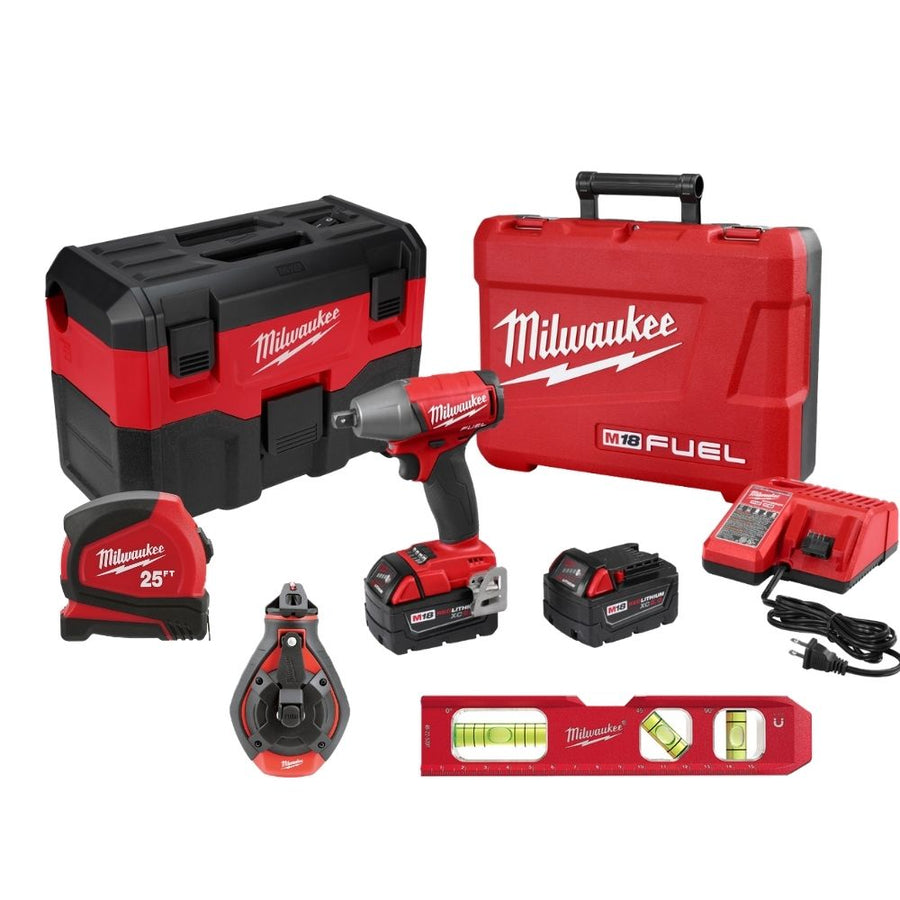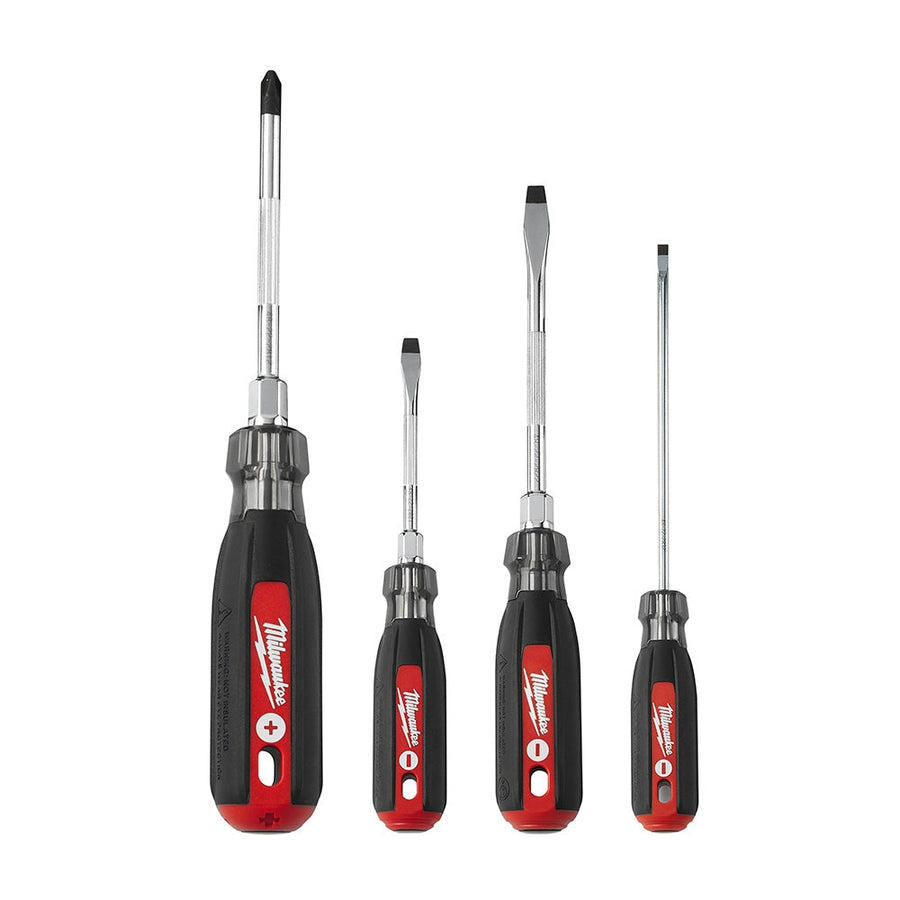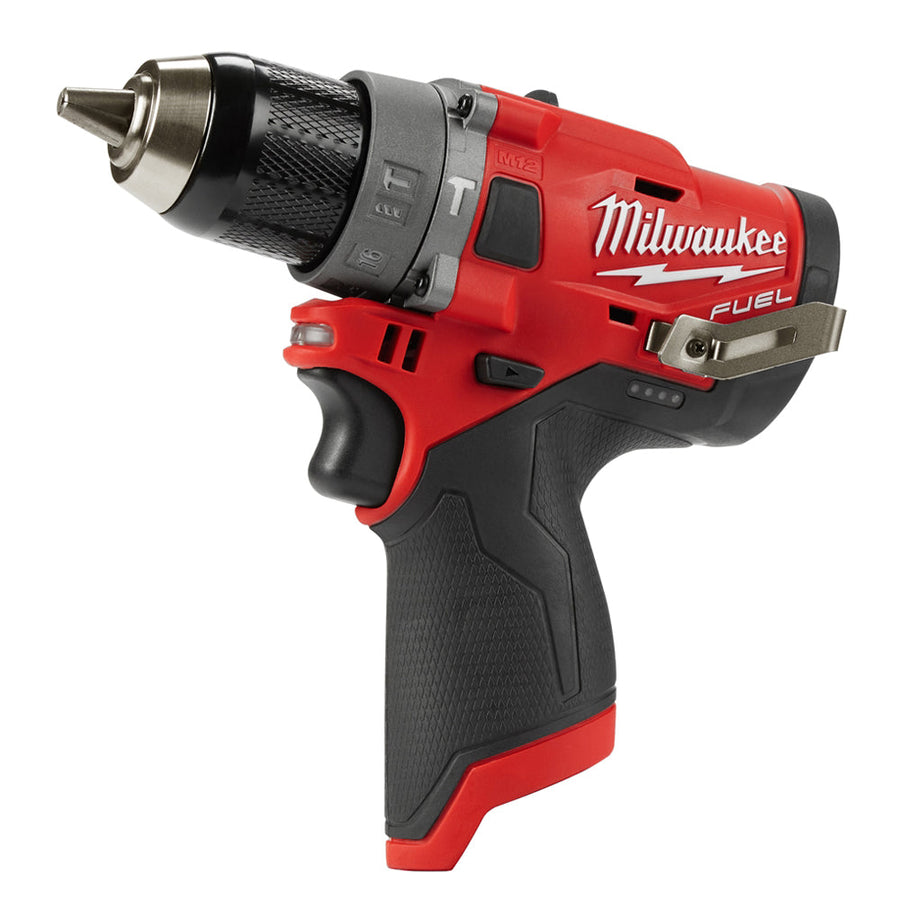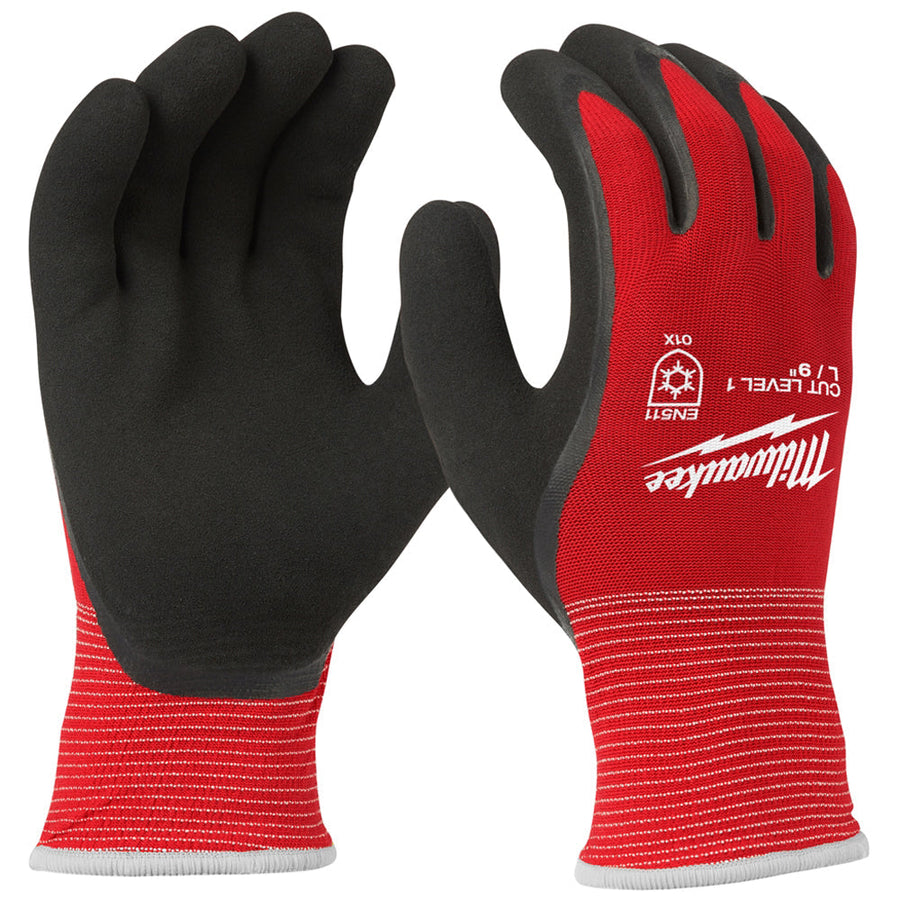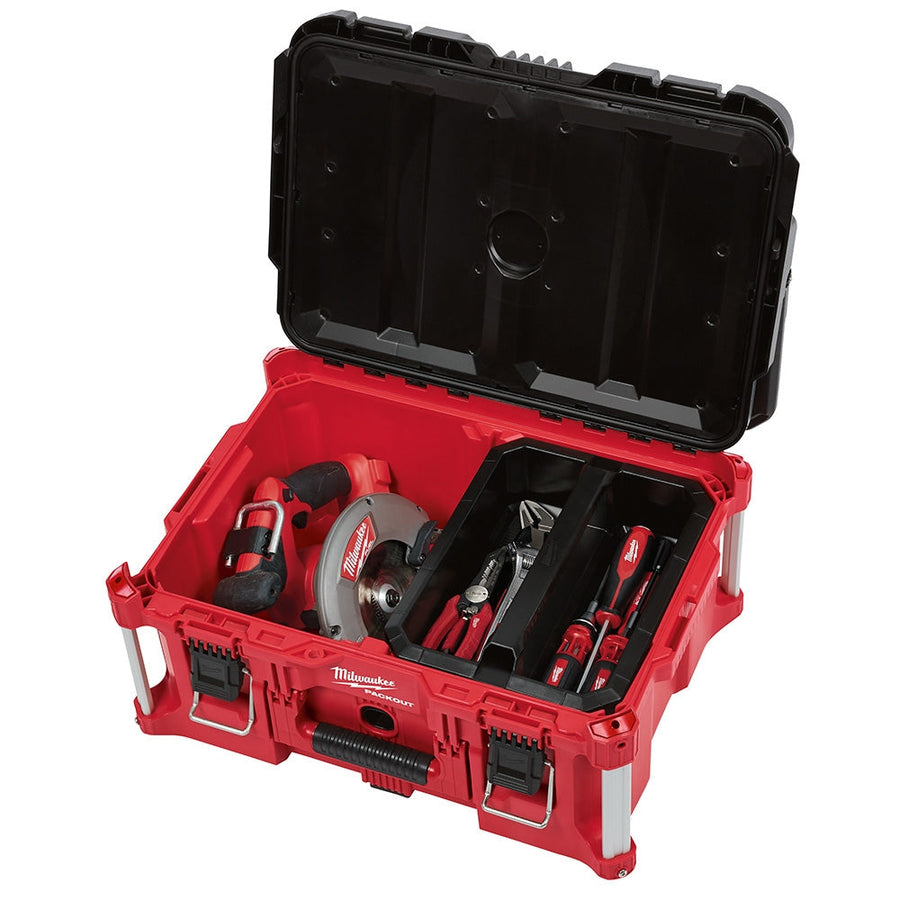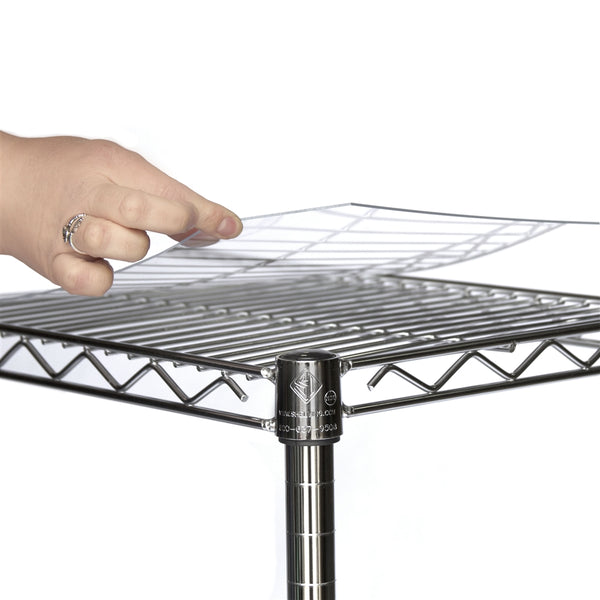
Warehouse design can take many forms depending on the industries they serve, especially in the manufacturing sectors.
Whatever kind of manufactured goods your warehouse needs to store, from individual parts to completed items, designing and optimizing a warehouse for manufacturing instead of retail or dropshipping tends to require different paths and strategies, focused more on the sort of organizational issues that these warehouses encounter.
If this is something your warehouse has encountered lately, here are our four most impactful tips for organizing a manufacturing warehouse.
Manufacturing Warehouse Organization - Four Tips
Focus on the equipment and production space: At the end of the day, the main role of a manufacturing facility is to produce and fabricate goods. As a result, any of your shelving is going to have to be placed with this in mind.
Whatever pallet racks or metal shelving you place, make sure to place them around your production space in a way that leaves room for safe travel, but doesn’t hamper your teams’ ability to put goods in their proper storage place. Make sure to leave aisle width for pallet jacks or forklifts as needed, and don’t be afraid to use shelf storage bins in this area to accommodate smaller items.
Define space for raw materials vs. finished products: Particularly if your warehouse has an assembly area, making sure there’s a difference between the materials storage and the actual finished goods can go a long way towards avoiding more common storage issues in manufacturing. Lost materials can cause major slowdowns in the production process, and lost goods can be an equally large headache down the road. This could be a good time to introduce storage solutions of different sizes, such as cantilever racks, to accommodate whatever materials may be needed for your production process.
Make sure everything is clearly and logically labeled: A lot of warehouses can fall into the trap of sticking with an item labeling/tracking system that might be causing slowdowns, just because it’s the one they’ve always used and they don’t feel like they have time to update it at all. However, updating the way you label goods and their location can actually save your warehouse a lot of time in the long run. Create a more logical alphanumeric labeling system for your warehouse to help your employees know where any given part, material, or finished item is - and make sure they’re all clearly labeled with warehouse shelving labels to help your teams identify their contents.
Focus on order-picking with your floor layout: Finally, after your shelves have been chosen and your labels are made, the final step is to make sure your floor layout assists with order picking. Are the fastest-selling items (or most commonly-needed parts) easier to access? Do certain items or parts tend to be needed in the same batch or order? Are some goods more seasonal in nature? Asking these questions can help you place every item where it needs to be in order to make it easier for the rest of your team.
While manufacturing warehouses will always have their own unique challenges, focusing on the layout of your warehouse can help mitigate their impact right up front.


